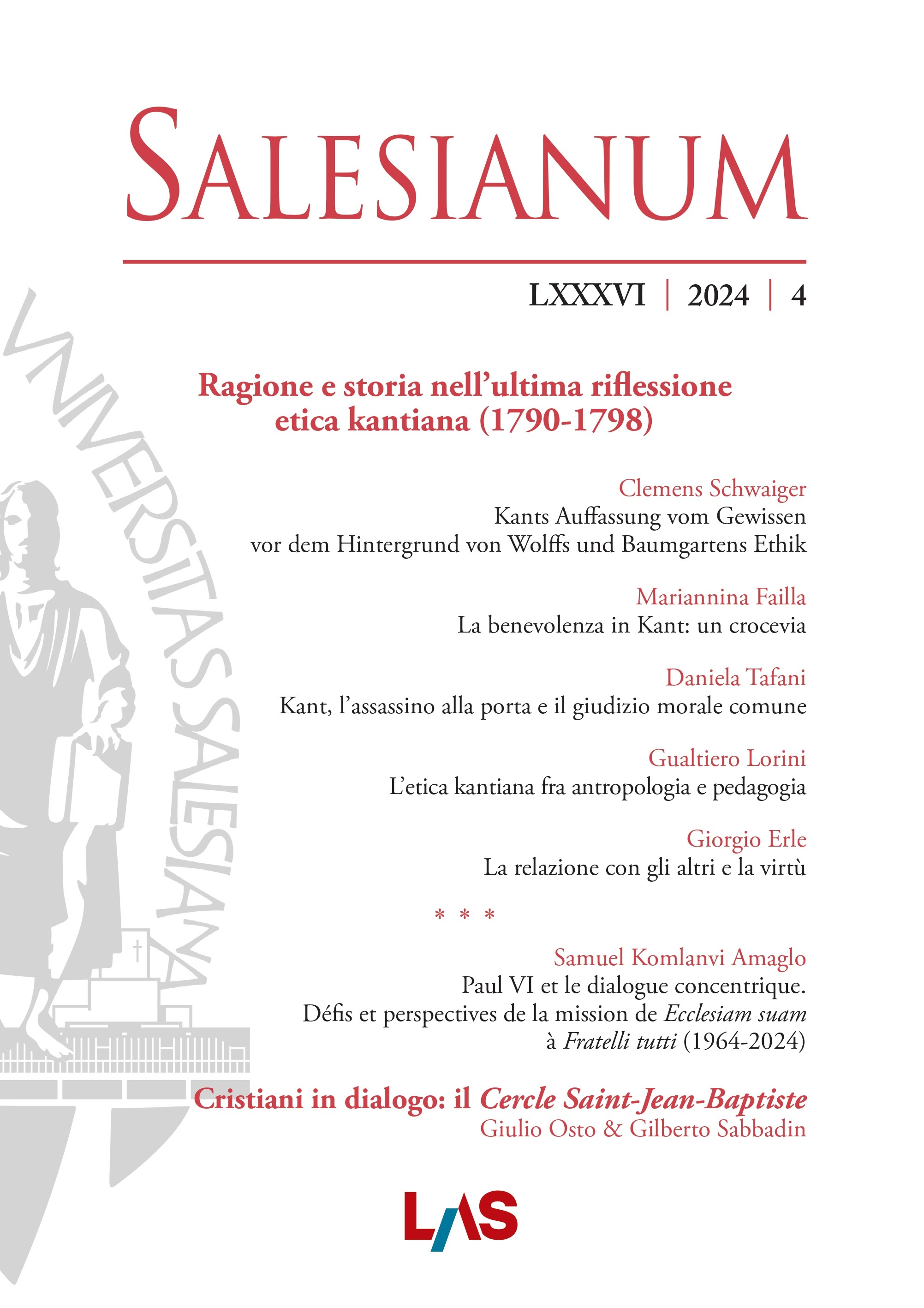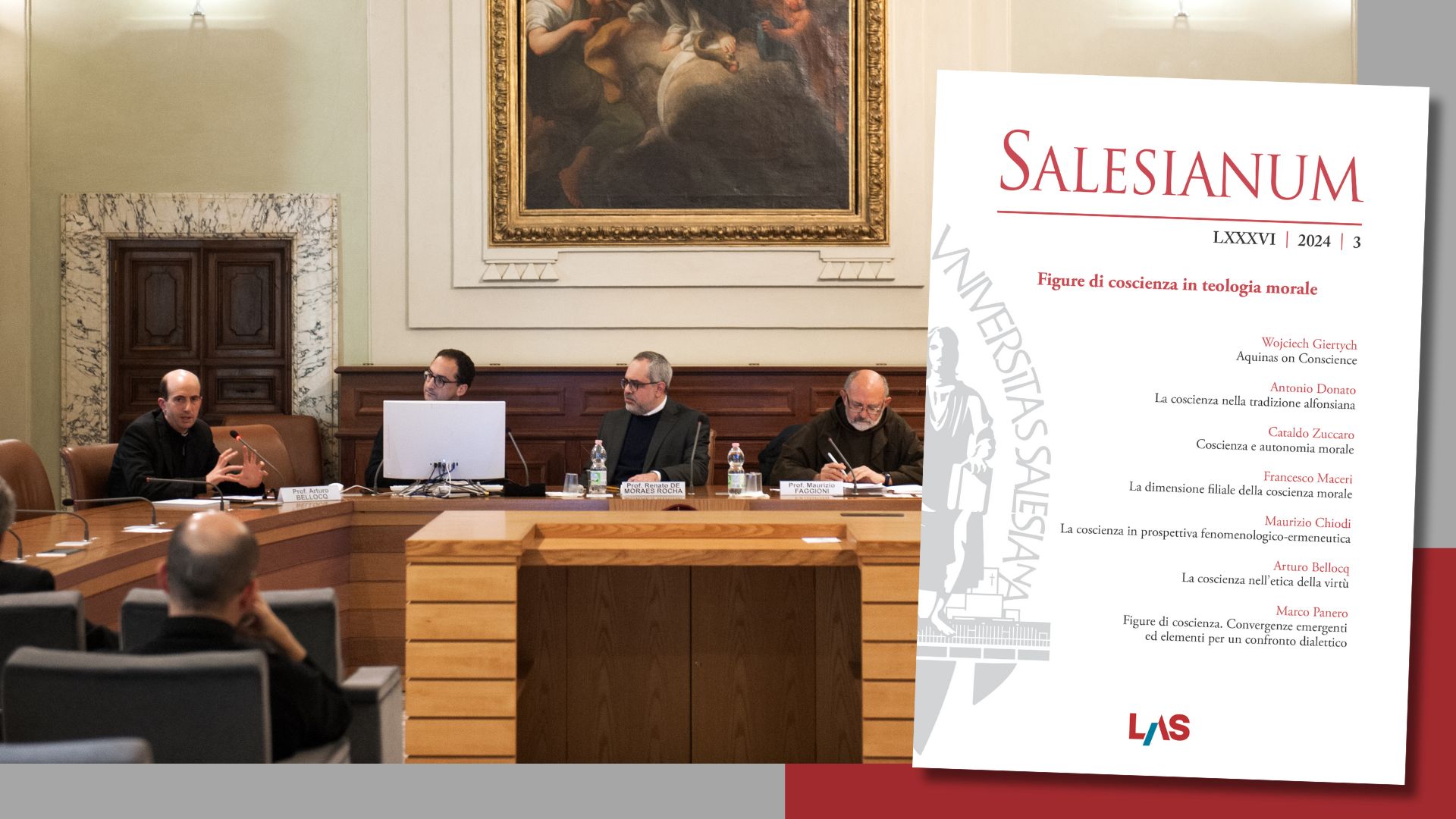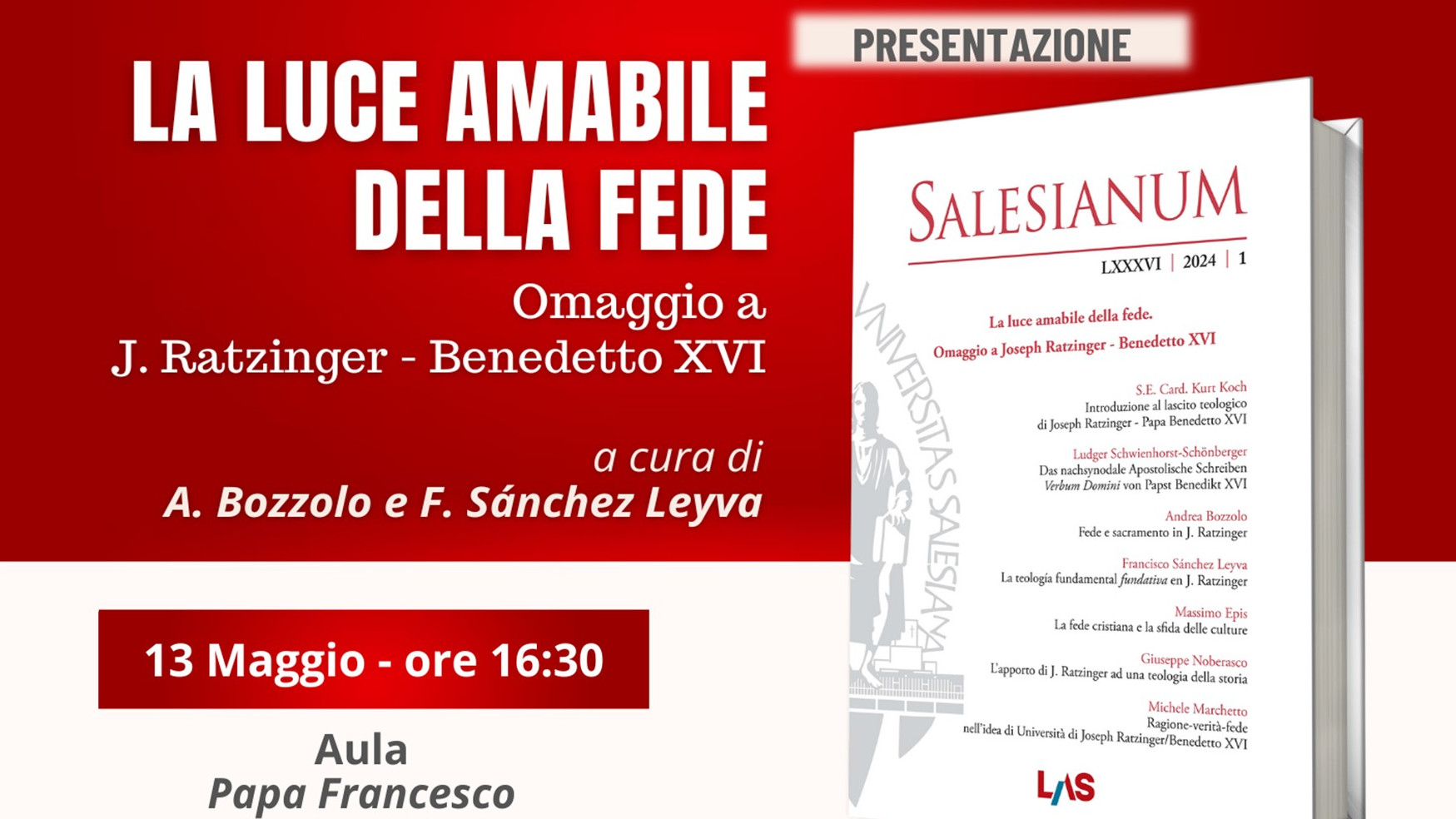Rileggere il kerigma in un periodo di cambiamento. Una riflessione teologico-pastorale al tempo della pandemia
Salesianum vol. 84 (2022) n. 1, 83-109
Sezione: Studia
Sommario
Lo studio rilegge l’evento della pandemia alla luce di alcuni modelli teologici che costituiscono l’orizzonte di comprensione del nucleo centrale della fede cristiana, il kerygma. Due motivi contribuiscono ad approfondire l’istanza teologica dell’annuncio kerigmatico. Il primo, corrisponde al desiderio di una teologia meno autoreferenziale e più vicina ai problemi della gente, per orientarne ed animarne il vissuto, soprattutto in questi mesi di cambiamenti improvvisi; il secondo, è legato al fatto che nel Nuovo Testamento sono presenti diverse formulazioni del kerigma che rispondono alle varie comprensioni della salvezza per gli uomini di quel tempo, e che vanno esplicitati nell’hic et nunc del tempo presente, in relazione ai temi antropologici del dolore, della sofferenza e della morte che hanno segnato questi ultimi mesi. A tale scopo, si presenta il rapporto tra Dio e l’uomo secondo alcuni modelli (della retribuzione, della pedagogia che conduce alla conversione, della “presenza” di Dio nelle ferite dell’uomo di ogni tempo, dell’offerta redentiva della sofferenza per la salvezza dell’umanità) che costituiscono il quadro di riferimento con cui le persone interpretano il mistero della vita e della morte, il terreno su cui spargere il buon seme dell’annuncio kerigmatico.
Abstract
The study reinterprets the on-going pandemic event in the light of some theological models that constitute the horizon of understanding of the central nucleus of the Christian faith, the kerygma. Two reasons contribute to deepening the theological appeal of the kerygmatic announcement. The first corresponds to the desire for a less self-referential theology, one that is close to the people’s problems, able to guide and animate their experience, especially in these months of sudden changes; the second is linked to the fact that in the New Testament there are different formulations of the kerygma that respond to the various understandings of salvation for the men of that time, and which must be explicated in the hic et nunc of the present time, in relation to the anthropological themes of pain, suffering and death that have marked these last months. To this end, the relationship between God and man is presented according some models (of retribution, of pedagogy that leads to conversion, the “presence” of God in the wounds of humanity, and of the redemptive offering of suffering for the salvation of men and women of all times) that are the frame of reference with which people interpret the mystery of life and death, the ground on which to sow the good seed of the kerygmatic announcement.


